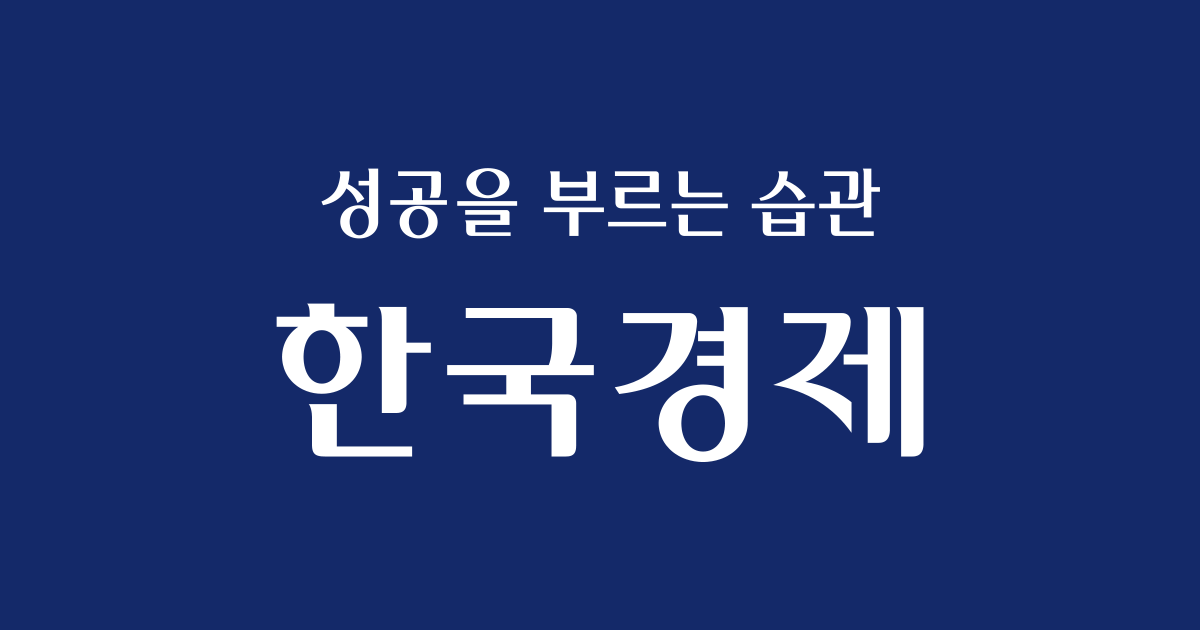Short selling of 350 mid- and large-cap stocks belonging to the KOSPI 200 and KOSDAQ 150 indexes will resume from May 3rd. The ban on short selling for the rest of the stocks will remain for the time being. The government decided that it could no longer postpone the resumption of short selling, which is a’global standard’, with a system improvement plan that includes strengthening punishment for illegal short selling and introducing a computer system to be implemented from April 6th. However, individual investors are still protesting. The protests and the authorities’ explanations were organized in a question and answer format.
-Isn’t the level of punishment for illegal short selling is ridiculously lower than in the United States (up to 20 years in prison)
“Until last year, penalties for illegal short selling, such as non-borrowing short selling, were mere fines. However, with the revision of the law at the end of last year, it became possible in Korea to be punished by imprisonment for at least one year and up to 30 years for illegal short sellers. This is stronger than the US, as well as Hong Kong (imposed of two years or less), Germany and Japan (only fines and fines).
-There was no maturity or margin for repayment of the loan stock, so it was possible to sell indefinitely.
“In stock lending transactions, the repayment maturity is determined by agreement between the parties. There is no separate provision for the repayment period in the standard terms and conditions for international lending transactions that apply to major countries as well as the United States. In addition, it is a common transaction method to provide collateral (margin) that exceeds the value of the stock to be borrowed to the lender when making a loan transaction.”
-There are weak regulations such as the disclosure obligation for short selling.
“It is higher than that of major global countries. Korea is the only major country that has applied all of the ban on short selling without borrowing, the uptick rule (restrictions on selling and asking prices), the indication of short selling prices, and the disclosure of balances by investors and stocks. The US only discloses the amount of short selling by item.”
-Isn’t the’T (trading day) + 2-day payment’ method promoting non-borrowing short selling?
“Not only Korea, but almost all countries, including the US, pay for stock trading two days after the transaction date. This is because time lag is allowed at least one day or more to help foreigners make payments smoothly.”
-The reason that only Korea did not have a pre-blocking system for non-borrowing short selling.
“There is no country with a system that prevents short selling without borrowing in real time by checking the amount available for payment (whether or not stock is borrowed) when placing short selling orders. Stock lending transactions are carried out by’sign-to-sign contracts’, and it is inefficient to check the amount that can be settled for all 5.6 million sell orders every day. The US also gave up while considering establishing a real-time short selling position reporting system.”
-Even if short selling is banned, isn’t there any problem with domestic stock market supply and demand?
“Short selling is a system that is allowed in all developed markets including the US. Global index calculation institutions such as MSCI and FTSE use whether short selling is permitted as a factor for evaluating market ratings by country. According to these indices, foreigners who bought Korean stocks alone amount to more than 280 trillion won.”
Reporter Oh Hyeong-joo [email protected]
Ⓒ Hankyung.com prohibits unauthorized reproduction and redistribution
